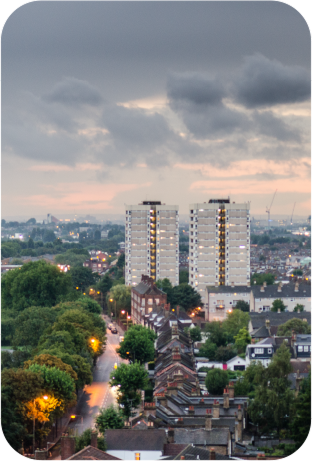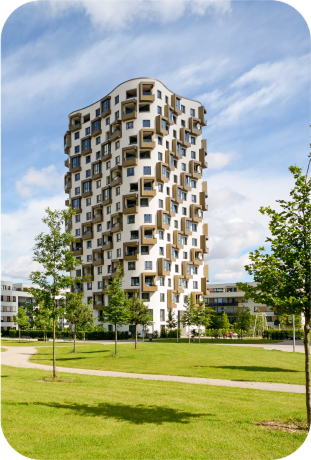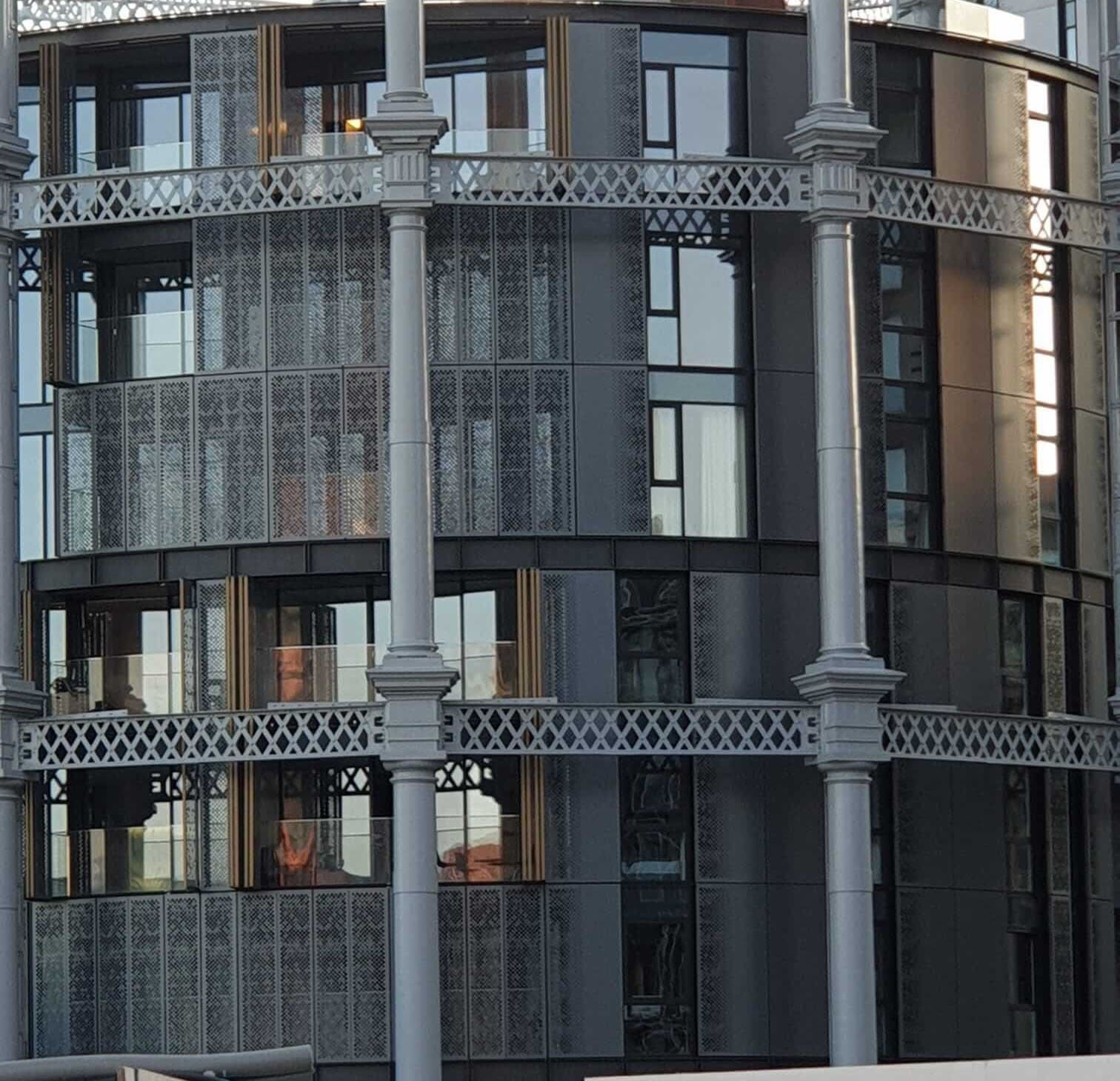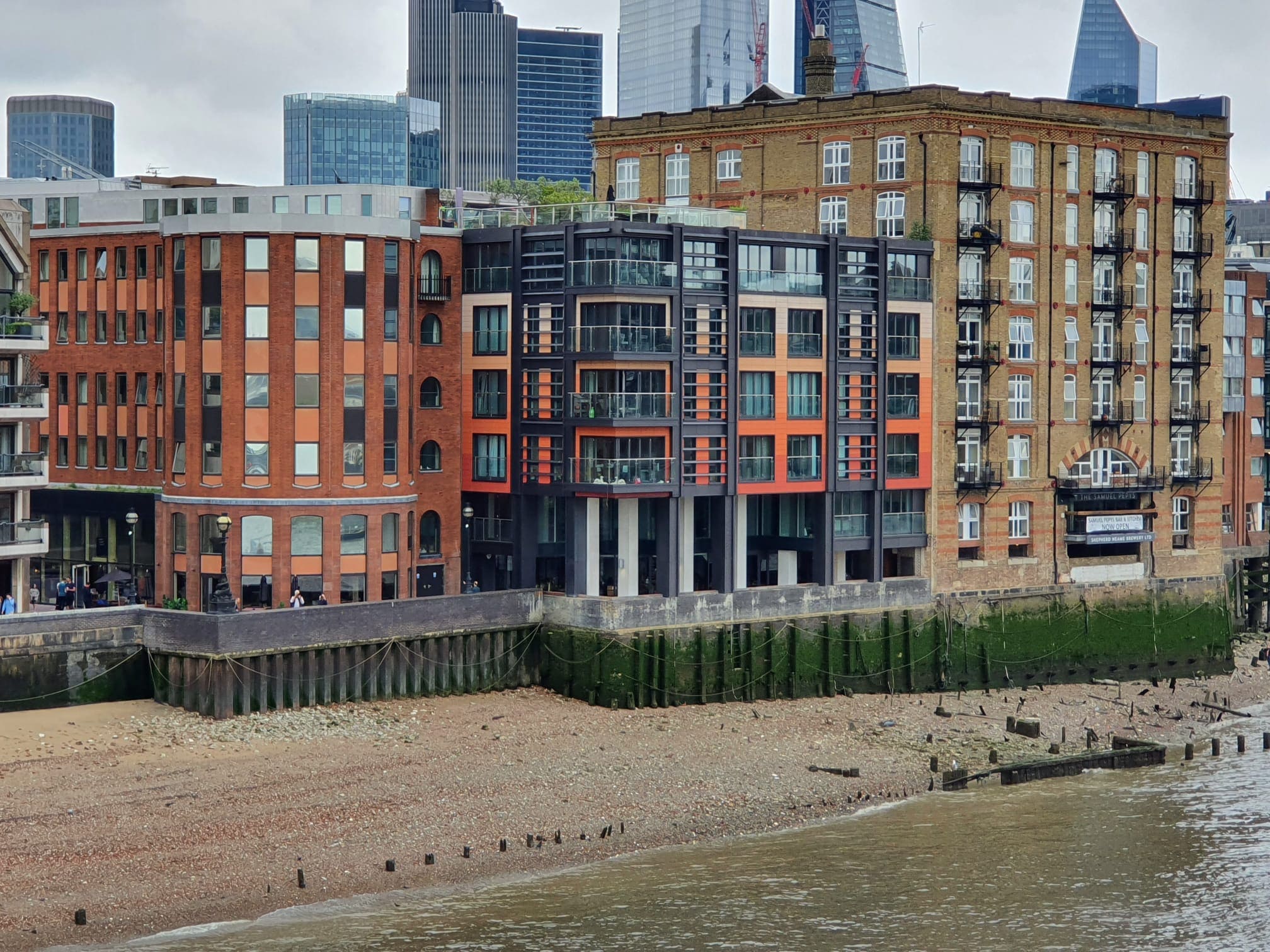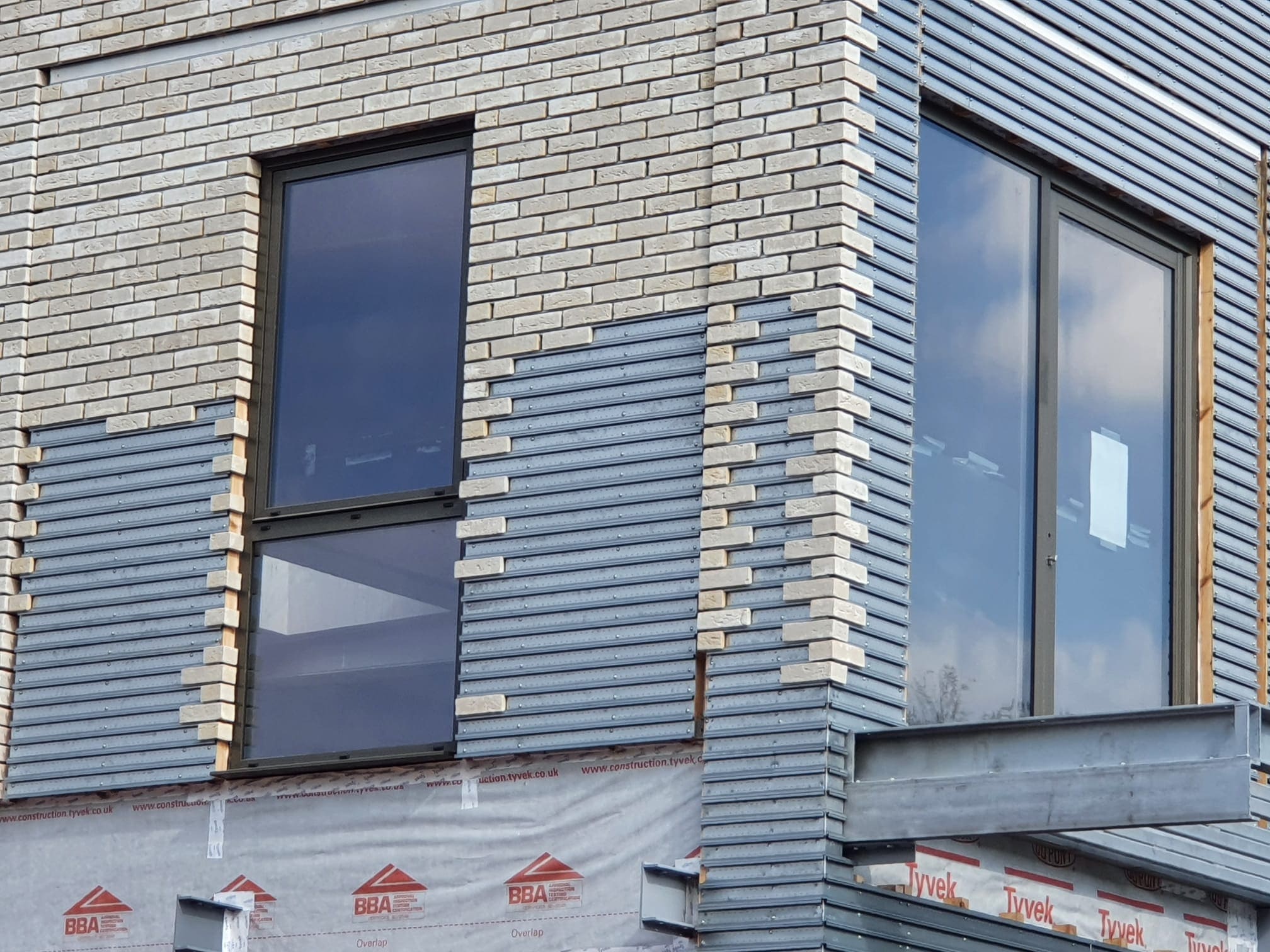15/01/2023
by: Mary-Anne Bowring

The Build to Rent Shift: A Strategic Response to Housing Market Challenges
For the first time in a long while, the outlook for the housing market is far from rosy. For volume house builders, the impact of inflationary pressures, rising interest rates–now at 3%–and a weakened economy is only compounded by the hit to the balance sheet of having to finance onerous fire-safety pledges, as well as deepening uncertainty around what’s in store under Michael Gove.It is little surprise that house builders are increasingly looking to diversify into build to rent (BTR) to de-risk sites. Entering the rental sector can be a high value play for house builders. Institutional capital can de-risk sites across two fronts: by covering development costs and reducing dependence on sales activity in what is currently a highly uncertain housing market.
The Future of Build-to-Rent: Integrating ESG for Competitive Advantage
The rate of institutional penetration in BTR also means there is an expectation of strong ESG credentials, which will benefit house builders that successfully embed them in their developments. Institutional investors, such as pension funds and insurers, increasingly demand state-of-the-art carbon cutting technology, for instance. They are also focused on creating a sense of community inside and outside the building, whether through high levels of amenities or social initiatives. The major benefits to BTR investors backing BTR developed by house builders are twofold: they can accelerate portfolio growth by accessing more opportunities and reduce risk by leveraging the proven track record of house builders in terms of housing delivery. After all, these are developers that know how to take sites through planning, construction and delivery and that have experience in controlling construction costs. Entering joint ventures that allow them to partner with asset managers and operators to stabilise and release further value is a logical step.
Harnessing the Value of BTR: Strategies for House Builders in a Competitive Market
Access to cheaper suburban land is also an attractive alternative for those finding it increasingly difficult to make the numbers work in multi-family. Soaring demand for inner-city, BTR property has put significant upward pressure on inner-city land values.For house builders to harness the potential of BTR, they will need to recognise that additional value is protected and created by delaying the traditional house builders' profit at PC model by one to two years. Through partnership with an operator, assets are stabilised as the exit will be yield-based and tied to net operating income.
Navigating the Shift to Build-to-Rent: Strategic Partnerships for Successful Operations
A house builder switching to producing BTR stock and seeking funding will need to show they understand the operational requirements involved in BTR. Some will no doubt look to create their own BTR platforms, but as few have built out ‘beyond sales’ operational systems or tried to become managing agents, let alone BTR operators, this may not be the most sensible choice. The smart ones will pick an operating partner that can share the heavy lifting.
Transforming the Housing Landscape: The Rise of Build-to-Rent in the UK
Either way, as BTR becomes an increasingly important part of the national housing mix and more house builders enter the sector, as much out of necessity as choice, they could well transform the landscape–and we can certainly expect to see institutional penetration of the sector rise from the current 1.5%.
Mary-Anne Bowring: Volume housebuilders set to transform the BTR landscape
The Future of Housing: Build-to-Rent’s Role in the New Market Landscape
As volume housebuilders pivot towards Build-to-Rent (BTR), their role in reshaping the housing market is undeniable. By strategically focusing on rental housing in a time of economic volatility and tight housing supply, these developers can stabilize their operations while meeting the growing demand for professional, well-managed rental properties. With institutional investment increasingly focused on high-quality BTR, the sector’s growth seems poised to continue. For more insights on this evolving landscape, read further at benews.co.uk.
https://benews.co.uk/
 2532
2532







Keep up to date
(Weekly, fortnightly or monthly)
To find out more what we do with your data, please read our Privacy Policy

 0
0








